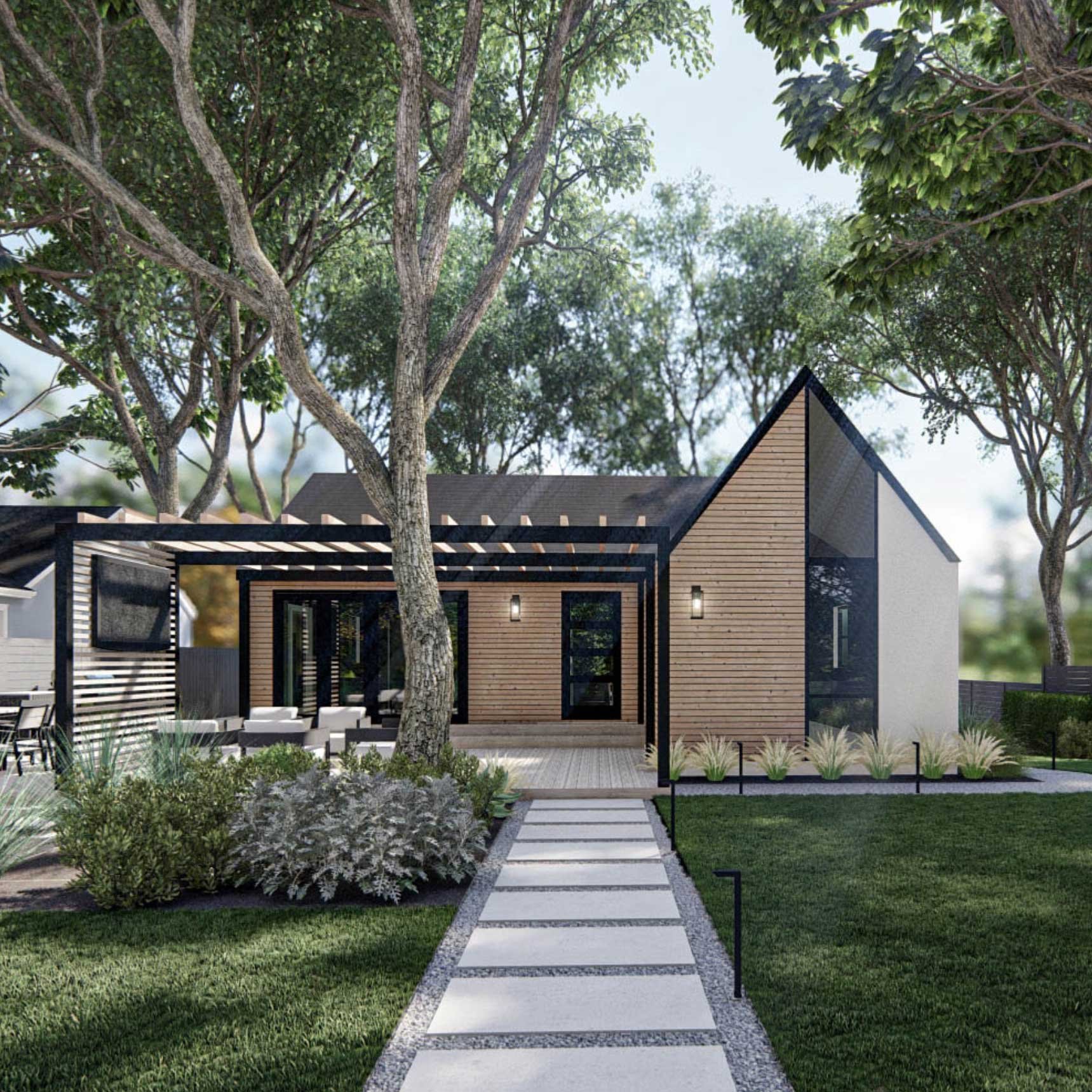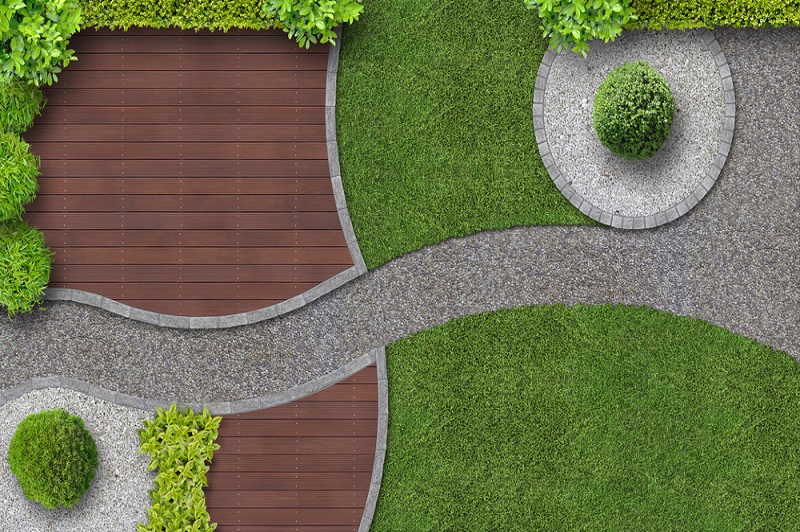Landscapers Fundamentals Explained
Landscapers Fundamentals Explained
Blog Article
Getting My Landscapers To Work
Table of ContentsThe Landscapers StatementsThe Basic Principles Of Landscapers The 7-Minute Rule for LandscapersSome Of LandscapersHow Landscapers can Save You Time, Stress, and Money.Some Of Landscapers
- A garden feature where water is represented by an accumulated stone product, normally a gravel or granite.- A stone or flagstone patio area, course, or walkway built without a concrete base.- A rock keeping or complimentary standing wall surface built without using mortar. An extremely knowledgeable mason is needed for a dry pile stone wall. The majority of walls in Portland are moist stacked, even if they appear to be. - An underground framework that accumulate water and permits it to slow percolate right into the soil around it.
Landscape style that is compatible with a websites' environment in both look and sustainability without adverse impacts to the environment. Bordering in the landscape is a line of separation that develops aesthetic rate of interest in the yard by separating one section from an additional sector.
Locations can also have a feeling of "enclosure" provided by trees, various other plantings, fences, or screens. The landscape near the access to a structure. A tree, hedge or vine, trained to grow on a wall or fence right into a specific pattern. Specifically beneficial for fruit trees, making it easy to gather the fruit and having mess.
Getting My Landscapers To Work

The element in a landscape design or area in a landscape that is suggested to be most noticeable. The focal point can be a plant, boulder, sculpture, collecting space, or various other landscape feature.

Not known Factual Statements About Landscapers
Reduced plants that are allowed or motivated to spread out over a location. Can refer to any type of "tough" yard elements including statuary or stones but many commonly is utilized to refer to paths, patios, and walls - Landscapers.: Elevation difference in between the degree of water in a pond (or the degree of the pump if it rests outside the pond) and the top electrical outlet of water which impacts performance of the water pump in gph (gallons per hour).
Fencing boards that run flat, typically made use of in modern or Japanese-inspired landscape designs. Correct usage of imaginary lines can help the landscape really feel linked to the home and various other elements.
Conventional PNW landscapes are casual. A plant that spreads even more than desired, or right into habitats where it does damages.
Things about Landscapers
Smart irrigation controller reviews and recommendations right here. 2-D making of the suggested visit the website watering system. Can consist of head placements and protection, pipeline sizing, GPM specs, and products needed to install this system. An irrigation strategy is usually unneeded for properties but is typical for industrial jobs. Certified professional who creates landscapes, coached in engineering and architecture along with in cultivation.
The specialist that prepares and creates landscape projects, usually at a property or small business level with the major layout impetus on plantings. Landscape developers generally have much less schooling than Landscape Architects and are not licensed. A finished landscape layout, outlining all aspects for the brand-new landscape. This typically takes the form of a drawing on paper.
Calcium material used to raise the pH in soil, which will certainly make it less welcoming to moss (Landscapers). A water limited HDPE material used beneath fish ponds, streams and waterfalls in water features. Using several plantings of the exact same variety to complete an area in the landscape. This can lower maintenance and water usage in the yard.
A mix of concrete, sand, and water that is used in stone masonry for establishing stones and look at here now joints. A layer of compost or bark dust applied at the base of a plant. A have a peek at these guys mass planting of moss. A plant that was present in a geographical area before individuals started changing the landscape.
Not known Facts About Landscapers
Exactly how the garden or a garden component is arranged in partnership to an existing or new feature or to an instructions. Grasses that are not trimmed yet expanded in landscapes as perennials.

Tiny round gravel. Plants that supply seasonal rate of interest and afterwards die back in the winter season. Annuals do not return the following period, yet perennials do. Cold season grass that is the most usual lawn lawn in Rose city, OR et cetera of the PNW.An open roofed framework over a patio area or various other landscape attribute.
Basalt aggregate varying in dimension from 1/4" down to dust. The most common landscape gravel in the PNW. Location of the landscape designed to take care of water till it can saturate into the ground. A chain that manages water as it takes a trip from a roof covering seamless gutter to the ground. Yard framework that develops a growing area that is consisted of and greater than the bordering grade.
Structure made of wood, concrete, leading rocks, bricks or other materials for stabilizing slopes and avoiding extreme erosion. Narrow watercourse. Producing a garden feature being composed primarily of rocks with plantings that complement and can grow in the rocky environment. Lawn sprinkler head design that turns a stream of water throughout a location.
Landscapers Things To Know Before You Get This

Report this page